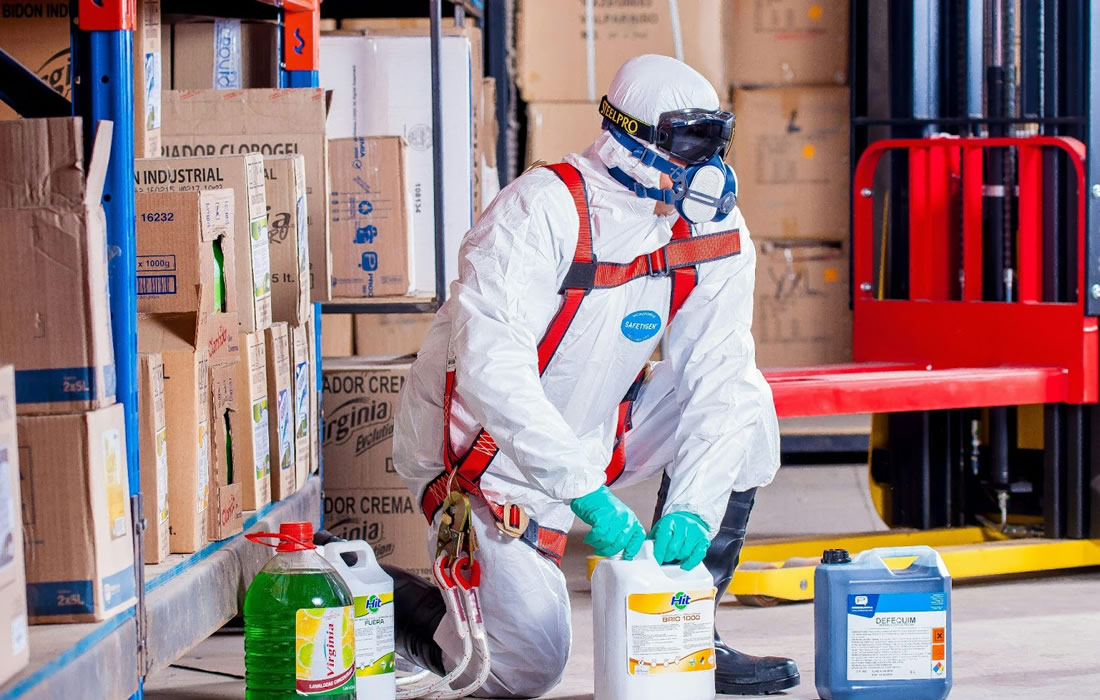Regenerative Medicine News and General Information
Exposure to Radon Linked to Increased Risk of Stroke
Radon is a naturally occurring radioactive gas produced when metals like uranium or radium break down in rocks and soil.
The gas can make its way into homes through cracks in basement walls and floors, construction joints and gaps around pipes.
“Radon is an indoor air pollutant that can only be detected through testing that measures concentrations of the gas in homes,” said study author Eric A. Whitsel, MD, MPH, of the University of North Carolina in Chapel Hill.
“Our research found an increased risk of stroke among participants exposed to radon above — and as many as two picocuries per liter (pCi/L) below — concentrations that usually trigger Environmental Protection Agency recommendations to install a home radon mitigation system.”
The study involved 158,910 female participants with an average age of 63 who did not have a stroke at the start of the study.
They were followed for an average of 13 years. During the study, there were 6,979 strokes among participants.
To determine radon exposures, researchers linked participants’ home addresses to radon concentration data from the U.S. Geological Survey and the U.S. Environmental Protection Agency (EPA).
Participants were divided into three groups. The highest group had homes in areas where average radon concentrations were more than four pCi/L. The middle group lived in areas with average concentrations between two and four pCi/L. The lowest group lived in areas with average concentrations of less than two pCi/L.
In the group with the highest radon exposures, there were 349 strokes per 100,000 person-years compared to 343 strokes in the middle group and 333 strokes in group with the lowest exposure.
Person-years represent both the number of people in the study and the amount of time each person spends in the study.
After adjusting for factors such as smoking, diabetes and high blood pressure, researchers found participants in the highest group had a 14% increased risk of stroke compared to those in the lowest group.
Those in the middle group had a 6% increased risk.
“It’s important to note that we found an increased stroke risk among those exposed to radon concentrations as much as two pCi/L below the current lung cancer-based threshold for recommending radon mitigation,” said Whitsel.
“More studies are needed to confirm our findings. Confirmation would present an opportunity to improve public health by addressing an emerging risk factor for stroke.”
Sources:
Sophie F. Buchheit, Jason M. Collins, Kurtis M. Anthony, Shelly-Ann M. Love, James D. Stewart, Rahul Gondalia, David Y. Huang, JoAnn E. Manson, Alexander P. Reiner, Gary G. Schwartz, Mara Z. Vitolins, R. Randall Schumann, Richard L. Smith, Eric A. Whitsel. Radon Exposure and Incident Stroke Risk in the Women’s Health Initiative. Neurology, 2024; 102 (4) DOI: 10.1212/WNL.0000000000209143
Materials provided by American Academy of Neurology. Note: Content may be edited for style and length.
American Academy of Neurology. “Exposure to even moderate levels of radon linked to increased risk of stroke.” ScienceDaily. ScienceDaily, 31 January 2024. <www.sciencedaily.com/releases/2024/01/240131183525.htm>.
Images from:
Photo by Pixabay
https://www.pexels.com/photo/person-wearing-white-suit-holding-white-container-209230

